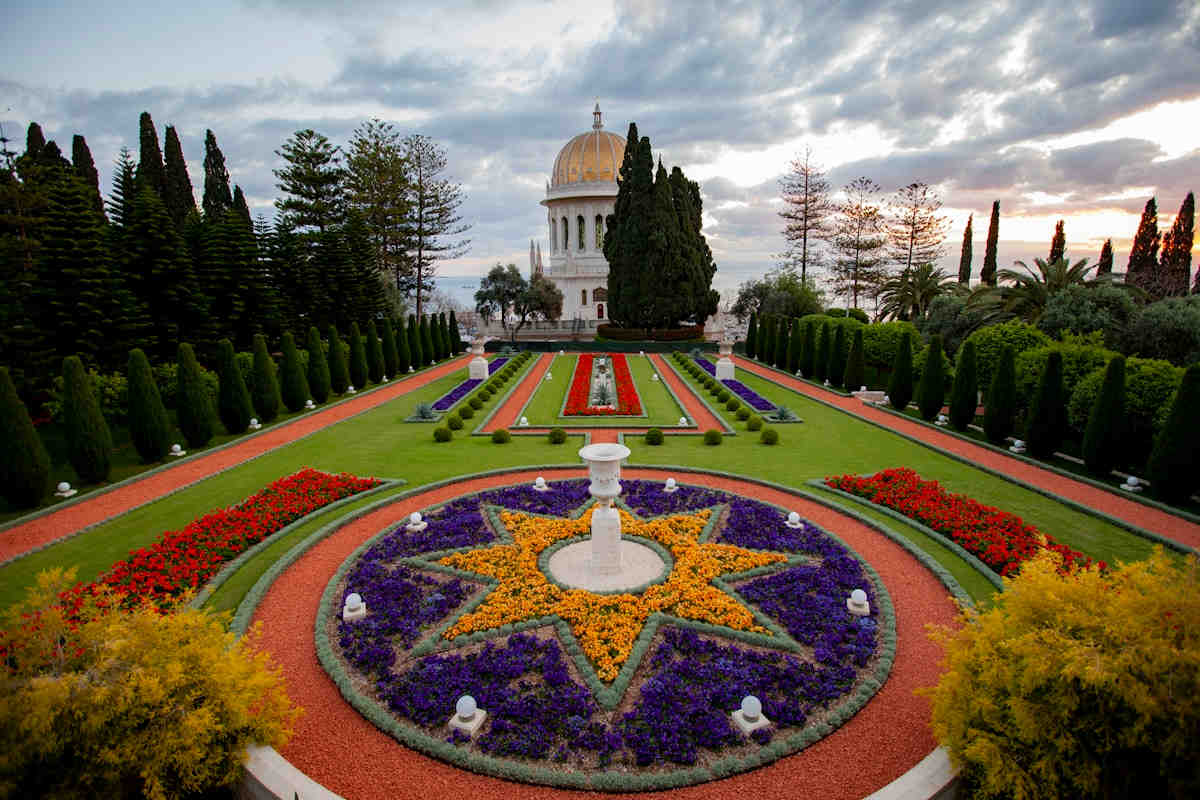The Bahá’í Calendar and the Significance of Its Holy Days
The Bahá’í Faith has a unique calendar, known as the Badí‘ calendar, introduced by the Báb and later confirmed by Bahá’u’lláh. This calendar is based on the solar year, consisting of 19 months of 19 days each, totaling 361 days, with four or five intercalary days (Ayyám-i-Há) to align with the Gregorian calendar. The new year begins on Naw-Rúz (March 20 or 21), aligning with the spring equinox.
Each month is named after an attribute of God, such as Splendor (Bahá), Glory (Jalál), and Light (Núr), reflecting the spiritual essence of time in the Bahá’í Faith. Throughout the year, Bahá’ís observe nine Holy Days, which commemorate significant events in the history of the Faith.

The Nine Bahá’í Holy Days
1. Naw-Rúz (Bahá’í New Year) – March 20 or 21
Naw-Rúz marks the beginning of the Bahá’í year and coincides with the vernal equinox. It is a day of joy and renewal, celebrated with gatherings, prayers, and feasts. Naw-Rúz also follows the Bahá’í Fast, a 19-day period of spiritual reflection and fasting.
2,3,4. Ridván Festival (April 21 – May 2)
Ridván, meaning “Paradise,” is the most important Bahá’í festival, commemorating Bahá’u’lláh’s declaration of His mission in 1863. The first, ninth, and twelfth days of Ridván (April 21, April 29, and May 2) are Holy Days when work is suspended. The festival represents the birth of the Bahá’í community and is often referred to as the “King of Festivals.”
5. Declaration of the Báb – May 23
This day marks the moment in 1844 when the Báb announced His mission as the forerunner of Bahá’u’lláh. It signifies the dawn of a new spiritual era and is celebrated with prayers and gatherings.
6. Ascension of Bahá’u’lláh – May 29
Bahá’u’lláh passed away in 1892 at His home in Bahjí, near Akka, Israel. This Holy Day is observed with reverence, often through prayerful vigils in the early morning.
7. Martyrdom of the Báb – July 9
This solemn day commemorates the execution of the Báb in 1850 in Tabriz, Iran. Bahá’ís pause at noon, the time of His martyrdom, to reflect on His sacrifice and its significance in paving the way for Bahá’u’lláh’s revelation.
8. Birth of the Báb – October 16 or 17
This Holy Day celebrates the birth of the Báb in 1819 in Shiraz, Iran. It is a day of joy, marked with prayers, storytelling, and community gatherings.
9. Birth of Bahá’u’lláh – October 17 or 18
Born in 1817 in Tehran, Iran, Bahá’u’lláh is regarded as the Manifestation of God for this age. His birthday is celebrated with festive gatherings and prayers, often in conjunction with the Birth of the Báb.
Important days for which work is not suspended:
Day of the Covenant – November 25 or 26
This day honors ‘Abdu’l-Bahá, Bahá’u’lláh’s son and the appointed interpreter of His teachings. Although not a day when work is suspended, it is a time for reflection on unity and service.
Ascension of ‘Abdu’l-Bahá – November 27
This Holy Day marks the passing of ‘Abdu’l-Bahá in 1921. Bahá’ís remember His life of service and devotion to humanity, often through prayers and readings.
Nineteen Day Feasts
As mentioned earlier, the Bahá’í calendar is divided into 19 months, each lasting 19 days. At the start of each month, Bahá’ís gather for the Nineteen Day Feast, which has three parts:
- Spiritual – Prayers and readings from Bahá’í sacred texts.
- Administrative – Community discussions and consultations about local activities.
- Social – Fellowship, food, and community bonding.
These Feasts help Bahá’ís stay connected and engaged in their spiritual and community life.
The Spiritual Significance of the Bahá’í Calendar
The Bahá’í calendar is more than a way to mark time; it is a spiritual framework that guides the rhythm of Bahá’í life. The Holy Days provide moments of reflection, renewal, and community bonding, helping believers deepen their connection with God and their commitment to building a better world.
By observing these sacred days, Bahá’ís worldwide unite in worship, celebration, and service, embodying the principles of peace, justice, and unity that are at the heart of their Faith.
